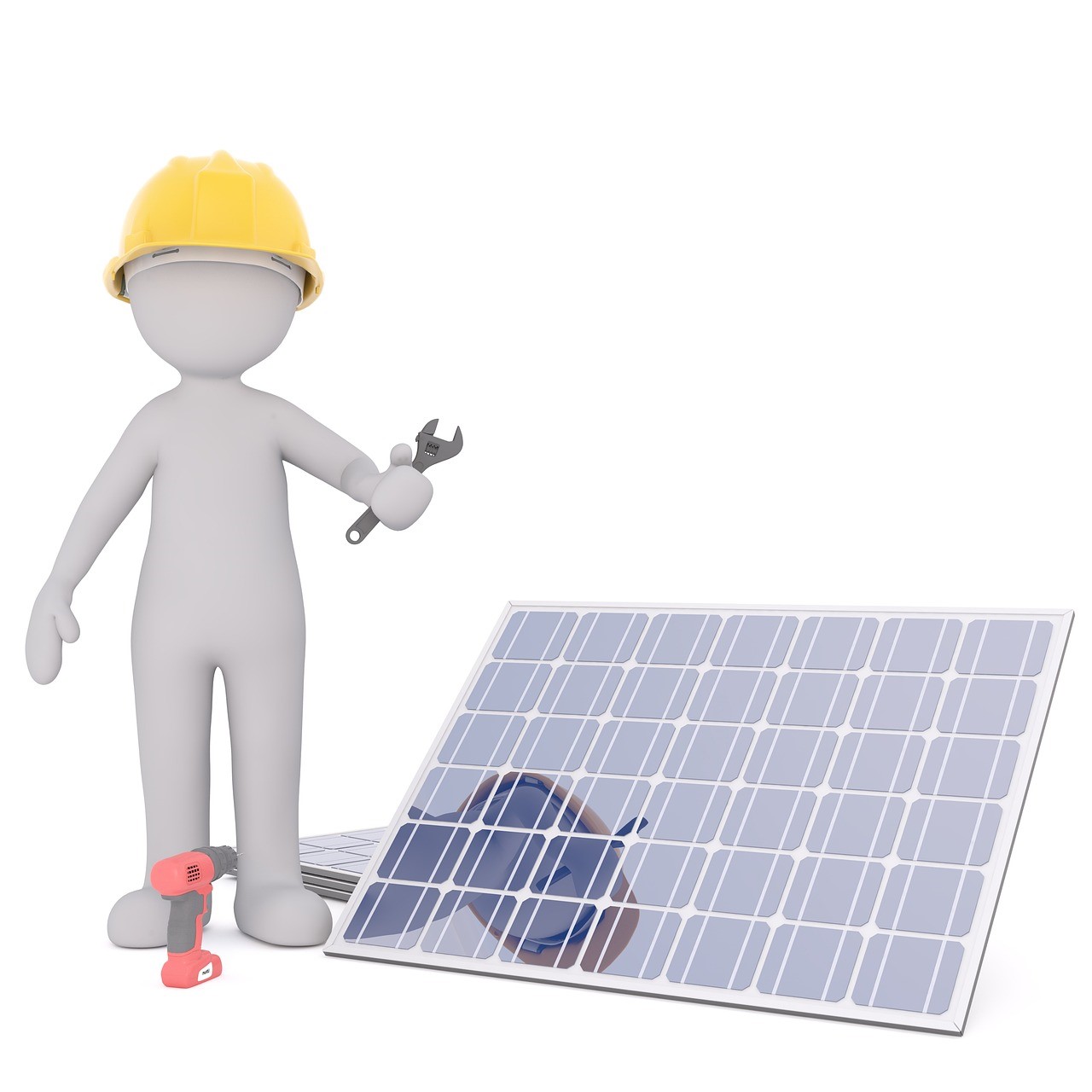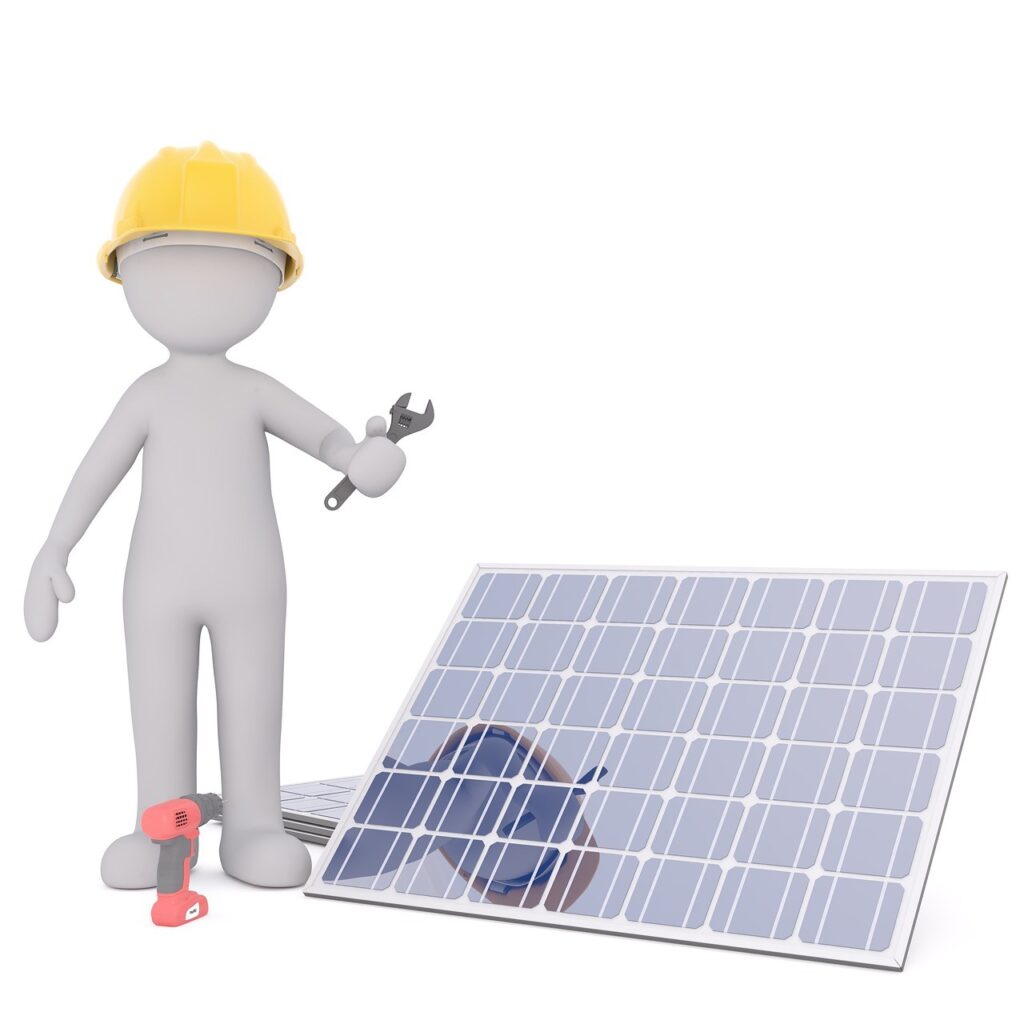
Solar power has always stood out as a beacon of hope in our pursuit of sustainable energy solutions. Installing a solar panel system on your property not only reduces your carbon footprint but also offers long-term cost savings. However, embarking on this journey requires careful planning and execution. Here, we present a comprehensive guide on the best ways to install a solar panel system on your property today.
- Conduct a site assessment
Before diving into solar panel installation, assess your property’s solar potential. Factors such as roof orientation, shading from nearby structures or trees, and local weather patterns play crucial roles, as confirmed by solar installers www.atlanticrenewables.co.uk. Tools like solar maps and professional assessments can help determine the optimal placement for solar panels.
- Choose the right type of solar panels
Solar panels come in various types, including monocrystalline and polycrystalline, as well as thin-film. Each type has its own efficiency, cost, and aesthetic considerations. Researching and selecting the most suitable type based on your budget and space availability is essential.
- Consider roof preparation
Ensure your roof is structurally sound and capable of supporting solar panels. If necessary, undertake repairs or reinforcements before installation. Additionally, consider factors like roof age and expected lifespan to align with the longevity of your solar panel system.
- Evaluate financial options
Explore financial incentives and financing options available for solar installations. For instance, tax credits, rebates, and financing programmes can significantly offset upfront costs and enhance the return on investment. It would help if you also investigated state and federal incentives to maximise savings.
- Hire a reputable installer
Selecting a reputable solar installer is crucial for a successful installation. Research potential installers, review customer feedback, and verify credentials and certifications. A professional installer ensures proper system design, installation, and adherence to safety standards.
- Optimise system design
Work with your chosen installer to design a system tailored to your energy needs and property characteristics. Think about factors like panel tilt angle, inverter placement, and wiring to maximise energy production and efficiency!
- Obtain necessary permits
Before commencing installation, obtain the required permits and approvals from local authorities. Remember that permitting processes vary by location and may involve zoning regulations, electrical permits, or homeowner association approvals. Compliance ensures legality and safety.
- Install monitoring systems
Integrate monitoring systems to track the performance of your solar panel system. Monitoring lets you observe energy production, detect potential issues promptly, and optimise system efficiency over time.
- Implement quality assurance
Prioritise quality components and installation practices to ensure the longevity and reliability of your solar panel system. You should, for example, invest in durable panels, inverters, and mounting hardware backed by warranties. Additionally, choose an installer committed to quality workmanship and customer satisfaction.
- Embrace maintenance practices
Regular maintenance is essential for preserving the performance of your solar panel system. Tasks such as cleaning panels, inspecting for debris or damage, and monitoring electrical connections should be performed periodically to optimise system efficiency and longevity.
Installing a solar panel system on your property represents a significant step towards sustainability and energy independence. By following these best practices, you can confidently navigate the installation process and reap the benefits of clean, renewable energy.

